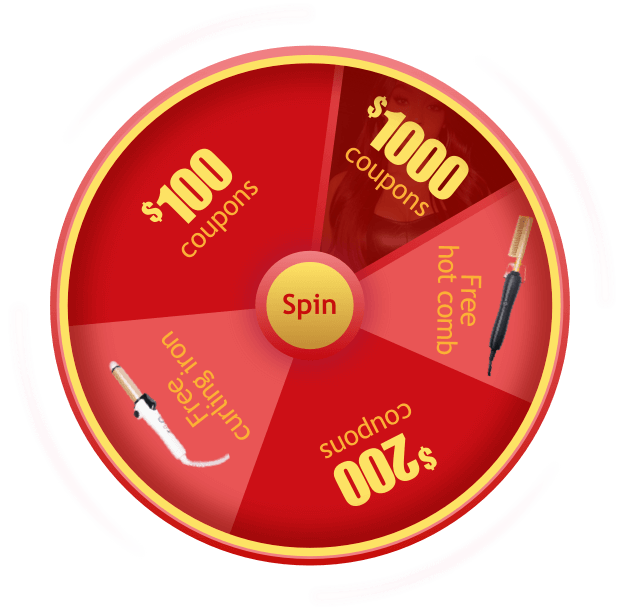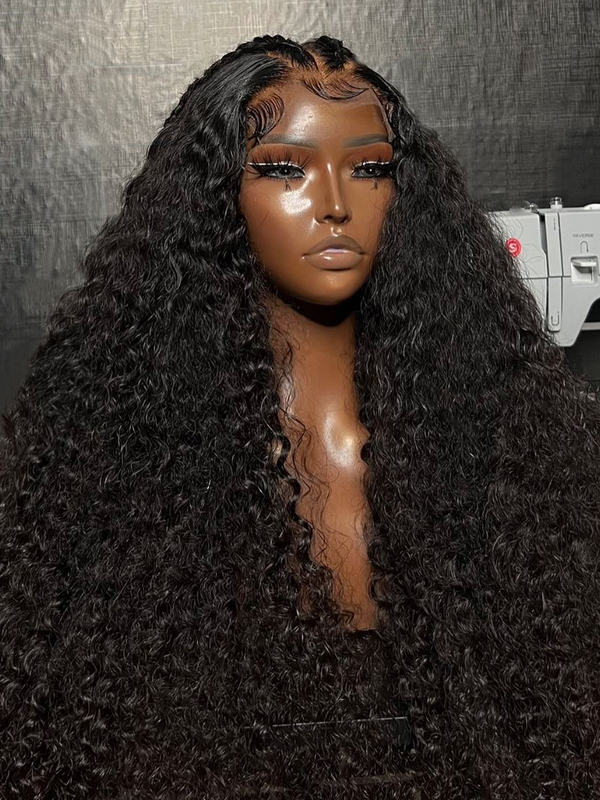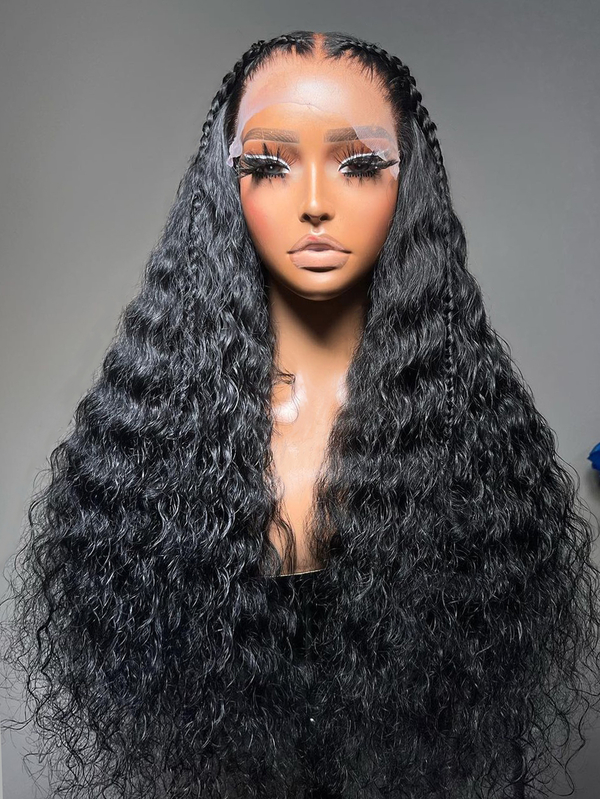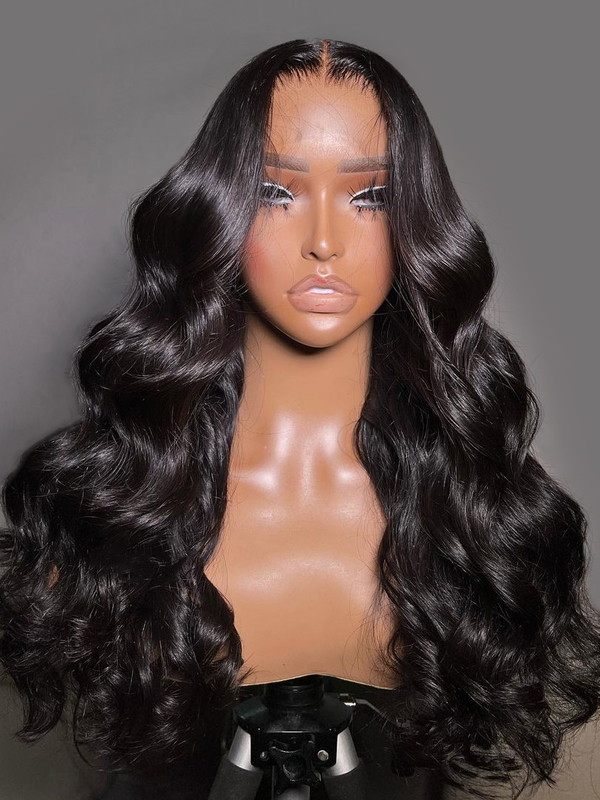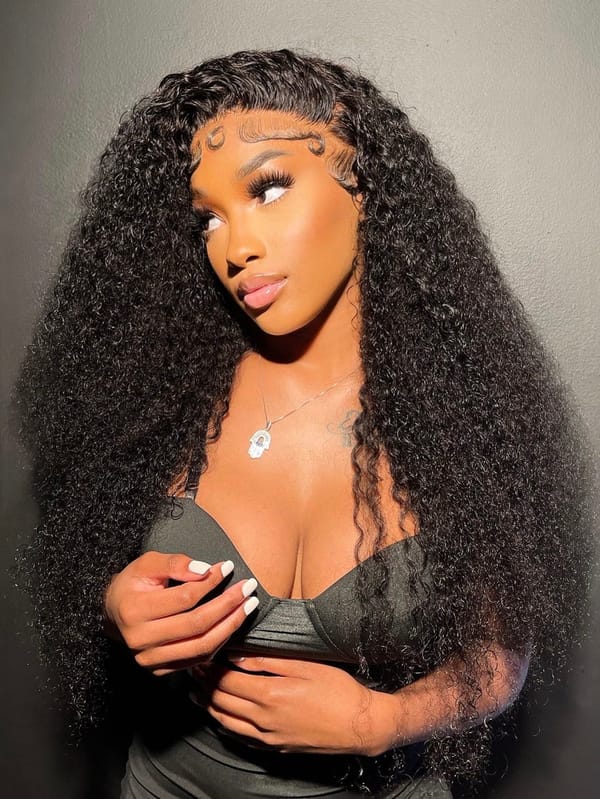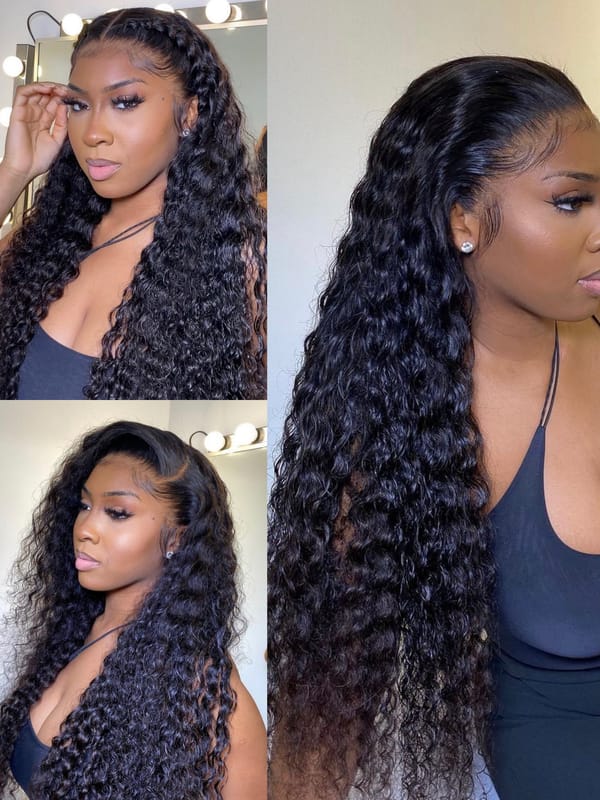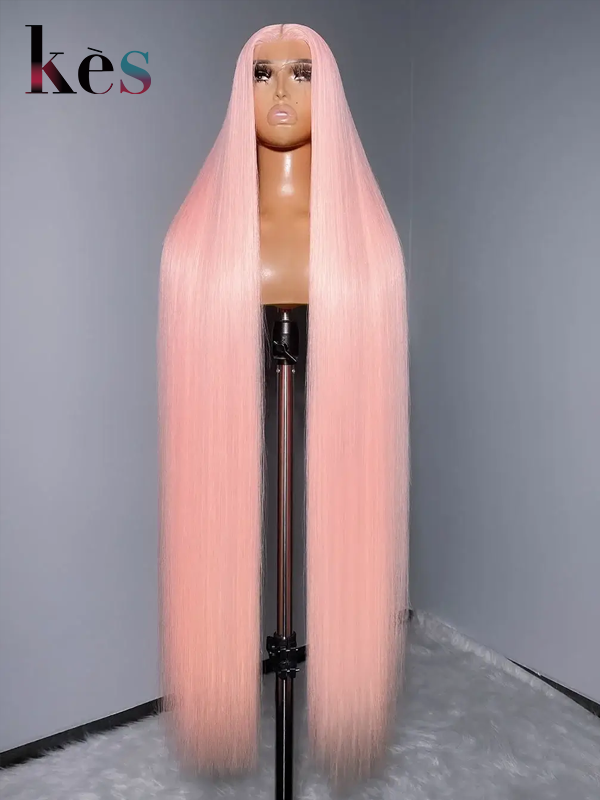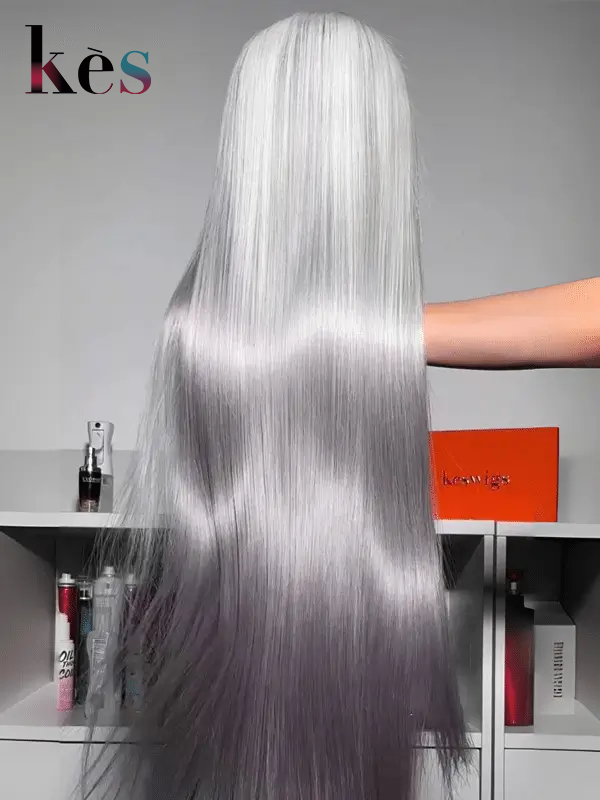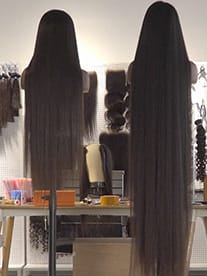Remy Hair vs Human Hair
Do you have trouble deciding between Remy hair and human hair? How do you determine whether the product you bought is genuine Remy hair? Also, why is Remy hair called Remy hair?
Three types of human hairs are used for constructing wigs and extensions: virgin hair, Remy hair, and human hair (also called non-Remy hair).
In this article, we will discuss the difference and similarities between Remy hair and human hair (non-Remy hair).
If you want to learn about Remy hair and human hair, read on to get started.
Remy Hair: Improved Version of Human Hair
Remy hair is pretty new term compared to human hair. In the past, only two types of human hairs were used for making wigs: virgin and human hair.
Virgin hair is collected from a single donor and does not undergo any chemical processing, making it the best quality of hair you can find in the market. However, they are costly.
For those looking for a cheaper option, you can opt for human hair. These hairs are collected by hair vendors from multiple donors, including salon floors, comb waste, piles, etc. Then, they will have workers untangle and straighten these hairs.
Since the collected hairs point in different directions, their random alignment of roots and tips causes them to tangle and mat easily.
To conceal this, the hair is chemically processed with its cuticles mostly removed, then it is dipped in silicone to make it appear smooth. However, this type of hair will eventually dry out after several washes.
Therefore, it was either excellent quality but expensive virgin human hair wigs, or cheap but low-quality human hair wigs that can last for only a few washes. The good news is, Remy hair has changed the game forever.
Remy hair is still collected from multiple donors, just like human hair. But unlike human hair (also known as non-Remy hair), which directly undergoes chemical processing to strip its cuticles, Remy hair goes through a physical machine to align the hair cuticles first, followed by minimal chemical treatment.
Compared with human hair, which has almost no cuticles left, Remy hair still has around 50% or more of its cuticles retained and is more healthy.
Overall, Remy hair is regarded as an excellent value-for-money option. It is a bit more expensive than human hair but offers greater value.
To know if this type of human hair is the right one for you, you will need to know its qualities and advantages, especially with regard to your budget, lifestyle, and personal style.
Remy Hair
Remy hair is a type of human hair with the cuticles still intact and, more importantly, pointing in one direction. Quality-wise, Remy hair is considered middle-grade human hair used to make wigs and extensions.
Its cuticles make Remy hair more durable and better quality than non-Remy hair, allowing it to withstand heat-styling better or be dyed darker.
Human Hair
Human hair is also known as non-Remy hair in the wig and hair extension industry. It is the cheapest human hair used to manufacture wigs, extensions, and other accessories.
Pro Tip: If you find a “human hair wig” on the market and can’t see the terms “Remy”, or “Virgin” in the description, they most likely fall into the human hair or non-Remy hair category.
Remy Hair vs Human Hair: Similarities
Remy hair and human hair are both genuine human hair collected from multiple donors and have undergone chemical processing.
Remy Hair vs Human Hair: Differences
The main distinctions between Remy hair and human hair are as follows:
Durability
Remy hair can last longer than human hair since more cuticles are retained on it, and they all point in the same direction. Moreover, the strand’s outer layer is compact, allowing it to retain moisture, endure heat styling better, and become less prone to tangling and matting.
The intact cuticles make Remy hair more durable since they protect it from damage and make it shine naturally.
Appearance
Both types of hair look natural. The main difference lies in their overall quality and longevity, as non-Remy hair will mat after a few uses.
Flexibility in styling
Remy hair is more flexible as it can be heat-styled into various hairstyles. It also can be dyed to a darker color, but non-Remy hair is not suitable for dyeing as it breaks easily and is lower quality than Remy hair. As mentioned earlier, because Remy hair has intact cuticles, it is healthier, so it can withstand dyeing and heat styling better.
Price
Due to its superior quality and longer lifespan, Remy hair costs more than non-Remy hair.
Quick Comparison Table
Here’s a quick overview of their features and differences:
Remy Hair
1.More cuticles are left, and they all face in the same direction, making them more durable.
2.Undergo both physical and chemical treatments
3.Maintained its natural integrity.
4.Good value for money for human hair types
Human Hair
1.Inferior quality compared to Remy hair, but better than synthetic hair.
2.Most cuticles are removed through a chemical process.
3.Have undergone a lot of chemical treatments, so it won’t last as long as Remy hair.
4.Cheaper compared to Remy hair, but more expensive than synthetic ones.
FAQs
Here are some frequently asked questions regarding Remy hair vs Human hair.
Why is it Called Remy Hair?
In the late 1800s, Martine Mahé, a French wig manufacturer, came up with the name “Remy”. The term is derived from the French word “remis”, which means “cuticle” or “hair scales.”
Today, the name “Remy” is short for “Remy hair,” and it refers to high-quality human hair that has been meticulously collected and treated to preserve the integrity of the cuticle. It is frequently used for wigs, extensions, and other hair products since it is considered to be one of the best quality human hairs available on the market.
Is Remy Hair Real Human Hair?
Yes, all Remy hair is human hair, but not all human hair is Remy hair.
It’s important to remember that not all “Remy” hair is created equal. Some businesses may deliberately use the word “Remy” to boost sales by using hair that has not been properly produced.
How Do I Know If a Product is Really Remy Hair?
Since both Remy and regular human hair wigs are composed of actual human hair, it could be challenging to tell them apart. Some business owners will attempt to mask off non-Remy hair as Remy hair because the hair extensions market is not as strictly regulated.
To know if a product is Remy hair, just cut a few hairs from the wigs, then dye them with dyes. Remy hair wigs can be dyed to a darker color, while non-Remy hair will become fragile when dyed, lose its shine, and break easily.
Outro
We hope this article clarified the two types of human hair and helped you choose the best option if you’re looking for a new one in the market.
That said, Remy hair is an excellent investment as it can last up to a year and is currently one of the best available options if you want a wig or hair extension that looks as natural as possible.
If you have any suggestions, please leave a comment below.





